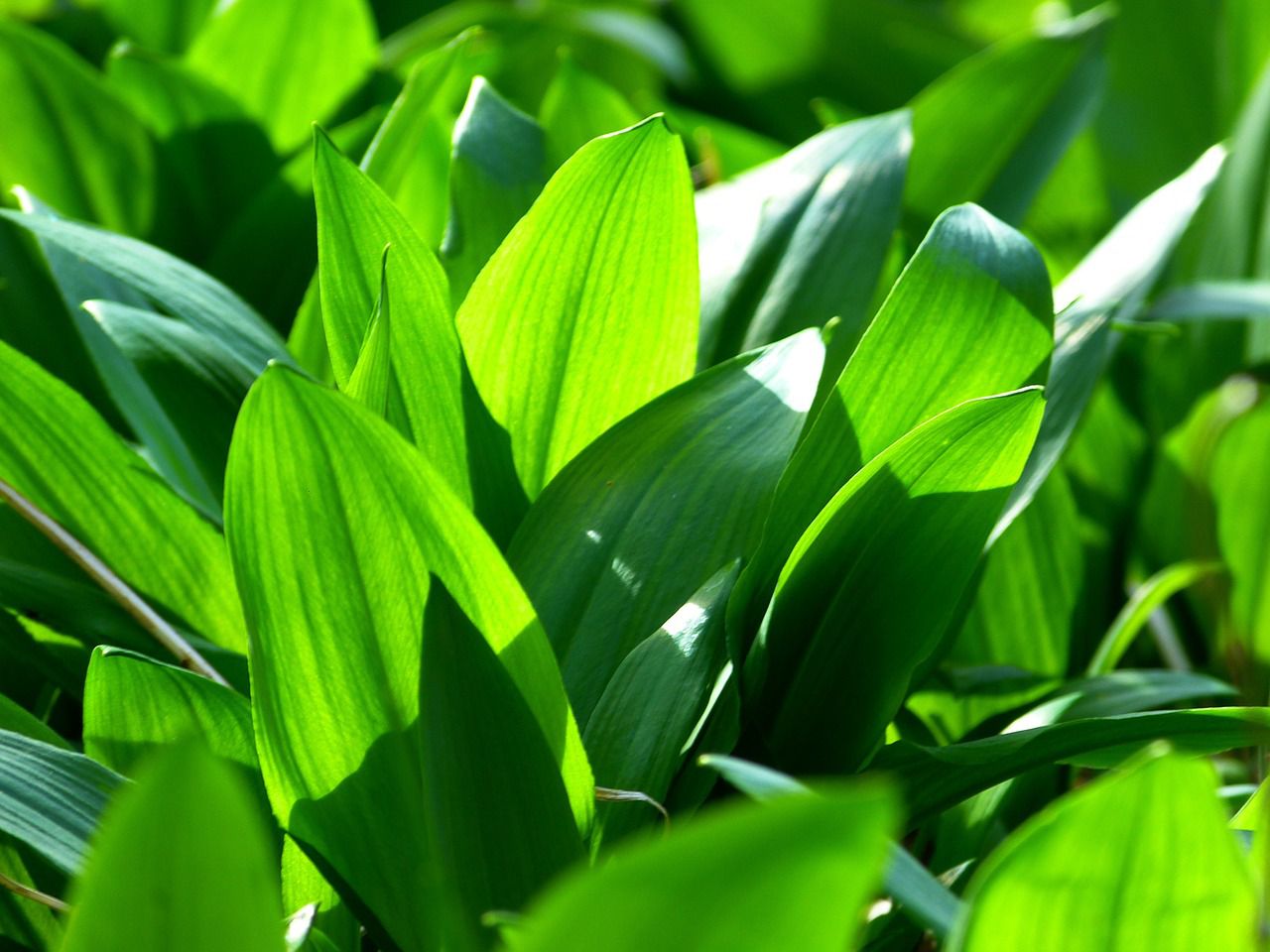Why garlic becomes yellow: Popular gardening mistakes
Garlic is an amazing plant that is generally low-maintenance, but it can also struggle to survive without proper care.
Garlic plants can turn yellow due to various factors, and identifying the cause is crucial to address the issue and ensure the plant's health.
Here are some common reasons why garlic plants may become yellow.
Overwatering or Poor Drainage
Garlic plants prefer well-draining soil, and excessive watering or poor drainage can lead to waterlogged roots.
When the roots are constantly submerged, they may not receive enough oxygen, leading to stress and yellowing of the leaves.

Underwatering
Conversely, underwatering can also cause garlic plants to turn yellow.
Inadequate water supply can lead to dehydration and nutrient deficiencies, resulting in yellowing leaves.
Nutrient Deficiencies
Yellowing leaves can indicate a lack of essential nutrients in the soil.
Common nutrient deficiencies in garlic plants include nitrogen, magnesium, and iron.
A lack of these nutrients can affect chlorophyll production, leading to yellowing leaves.
Pest Infestations
Insects like onion thrips or nematodes can infest garlic plants, feeding on the sap and causing yellowing of the leaves.
Additionally, garlic plants can be affected by fungal diseases that contribute to yellowing and wilting.
Fungal Diseases
Garlic plants are susceptible to fungal infections, such as white rot or rust, which can lead to yellowing, wilting, and rotting of the plant's tissues.
Temperature Stress
Extreme temperature conditions, especially cold temperatures, can stress garlic plants and cause yellowing leaves.


